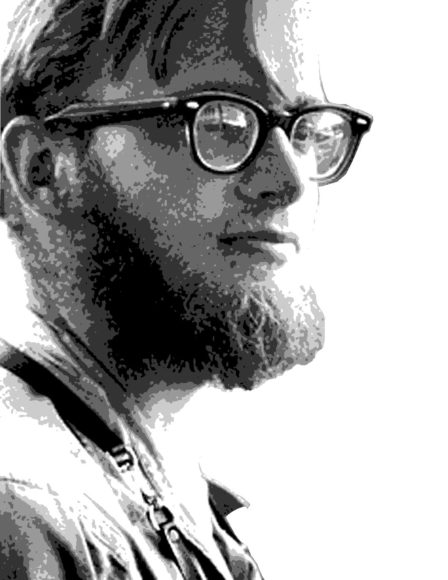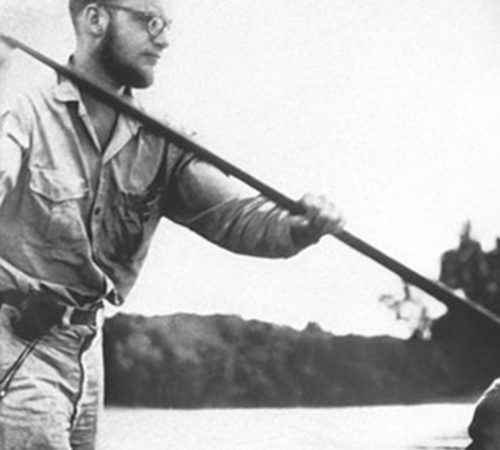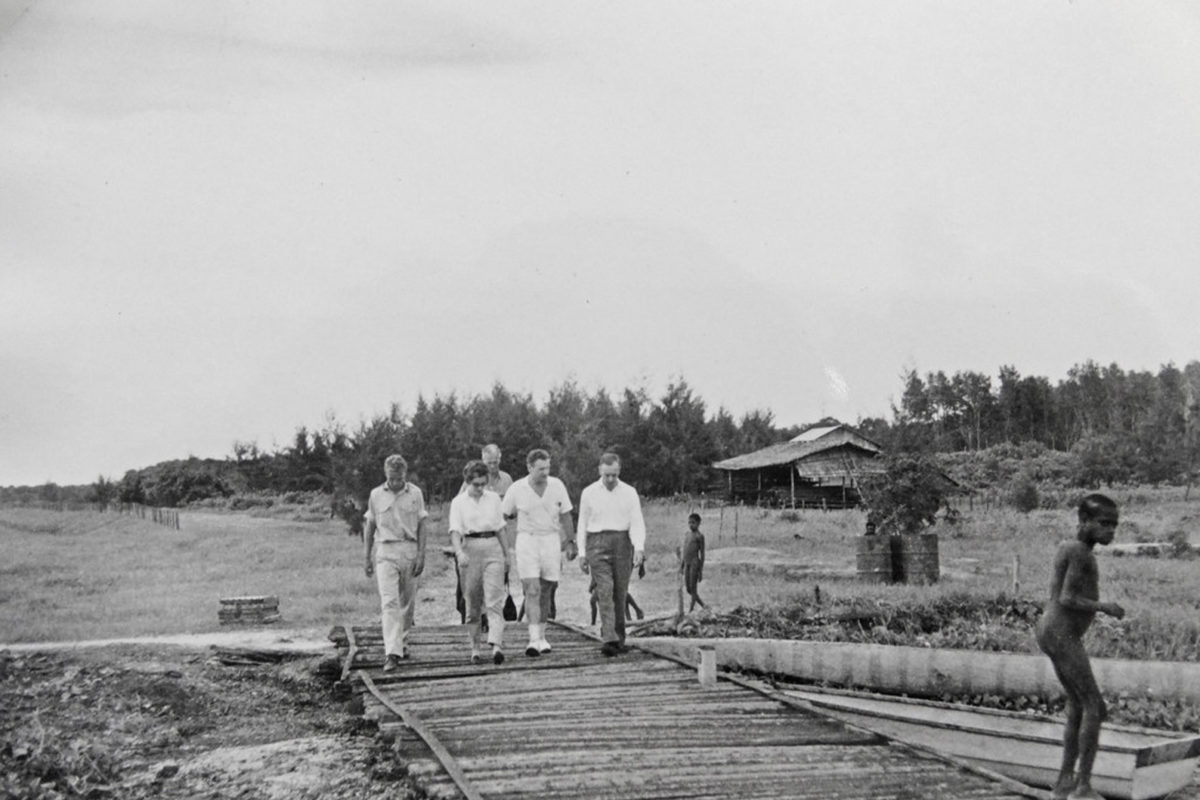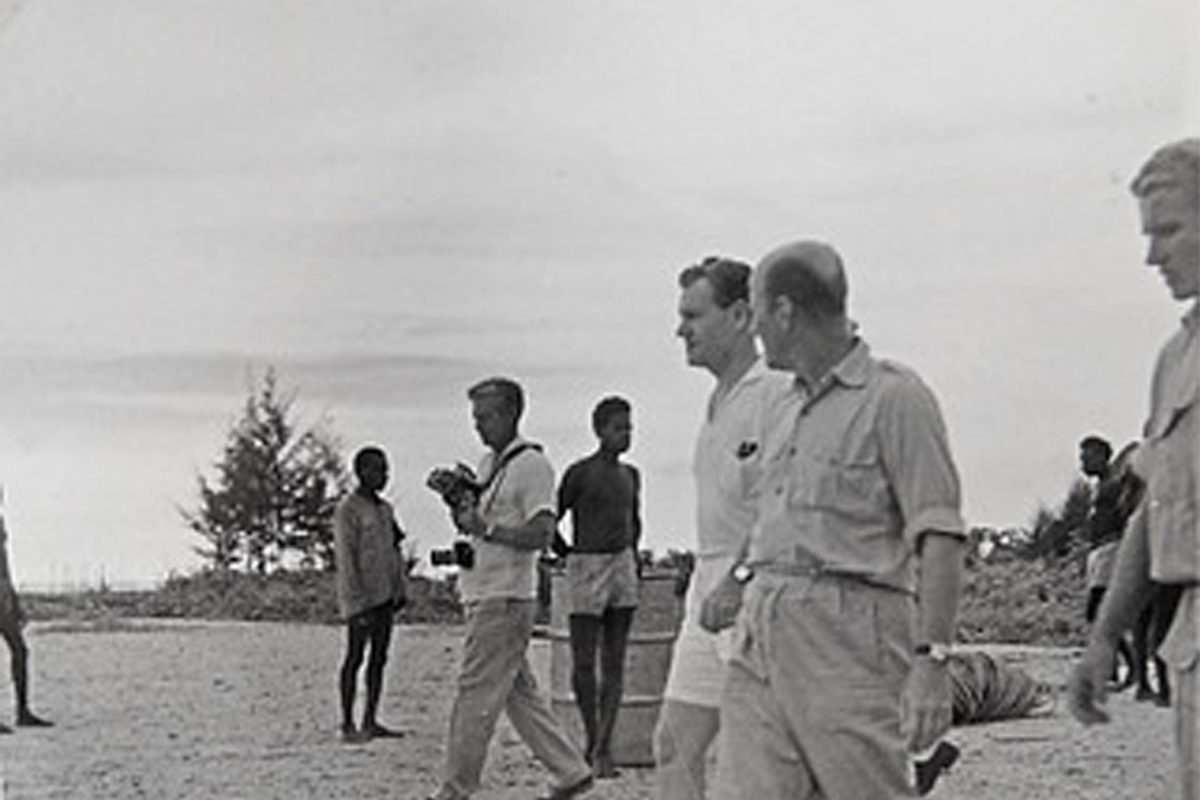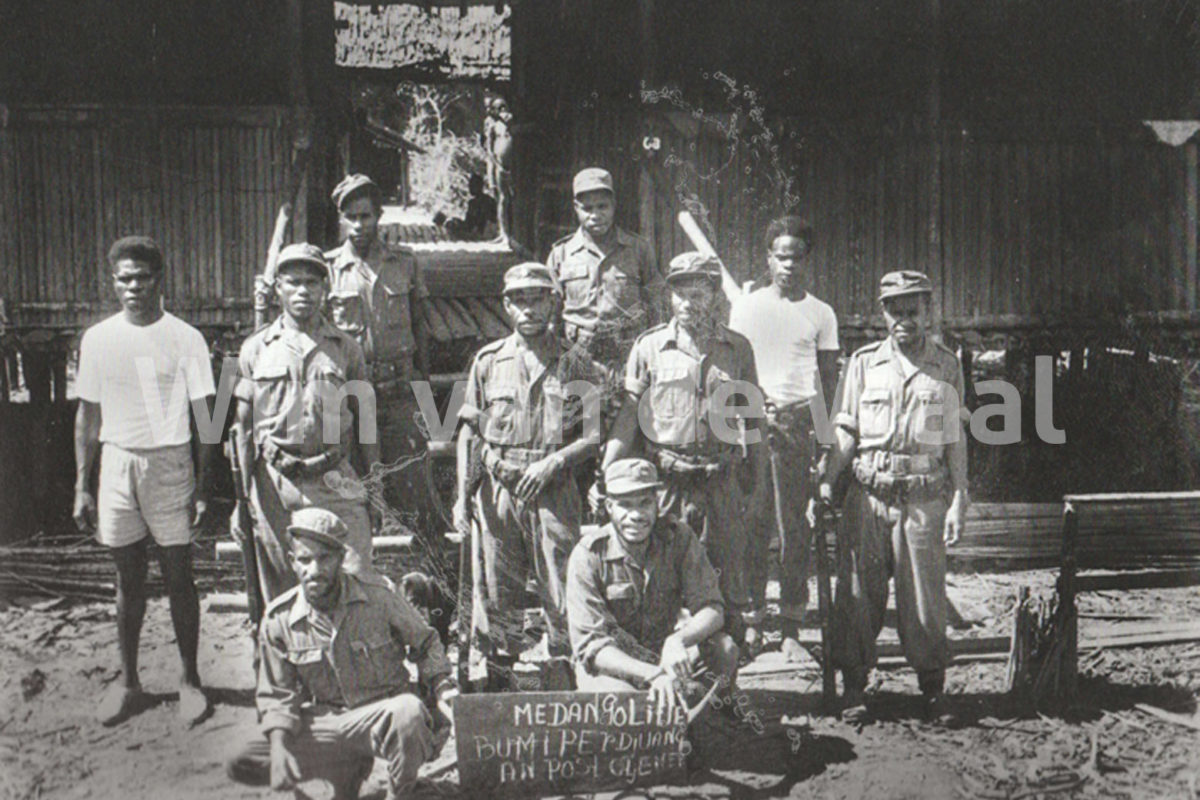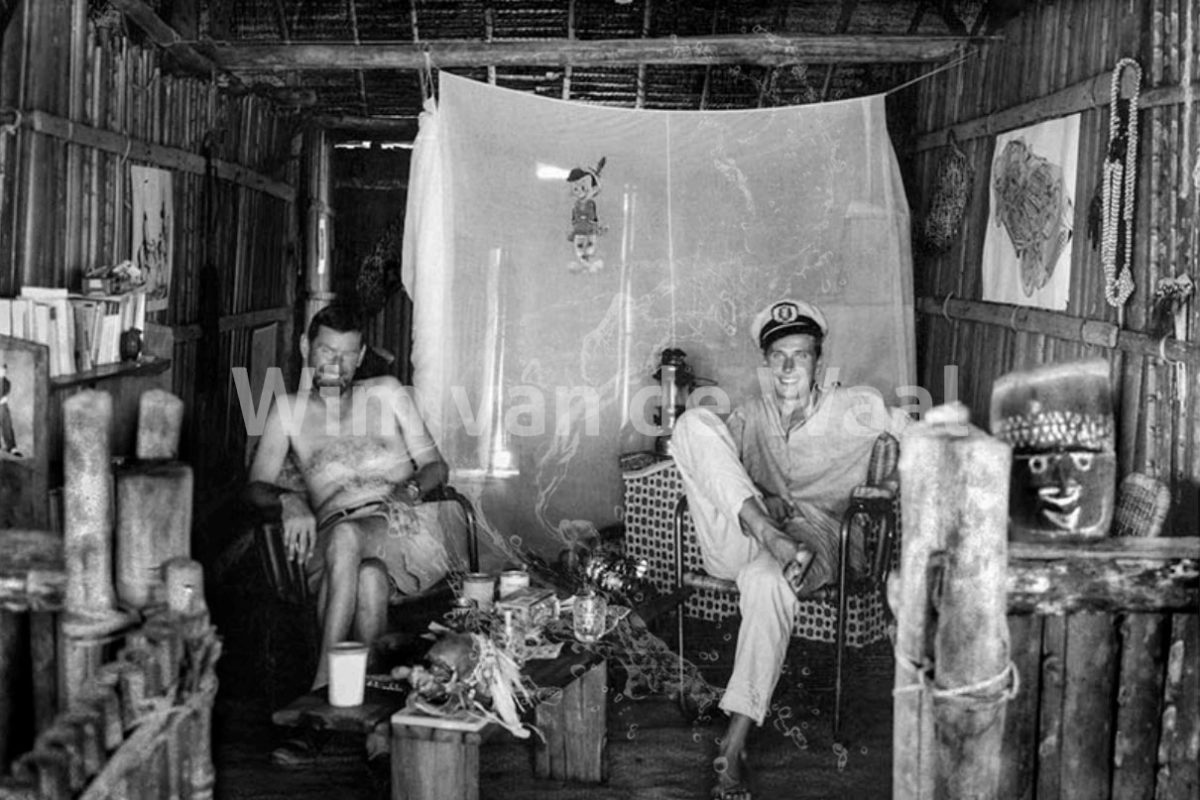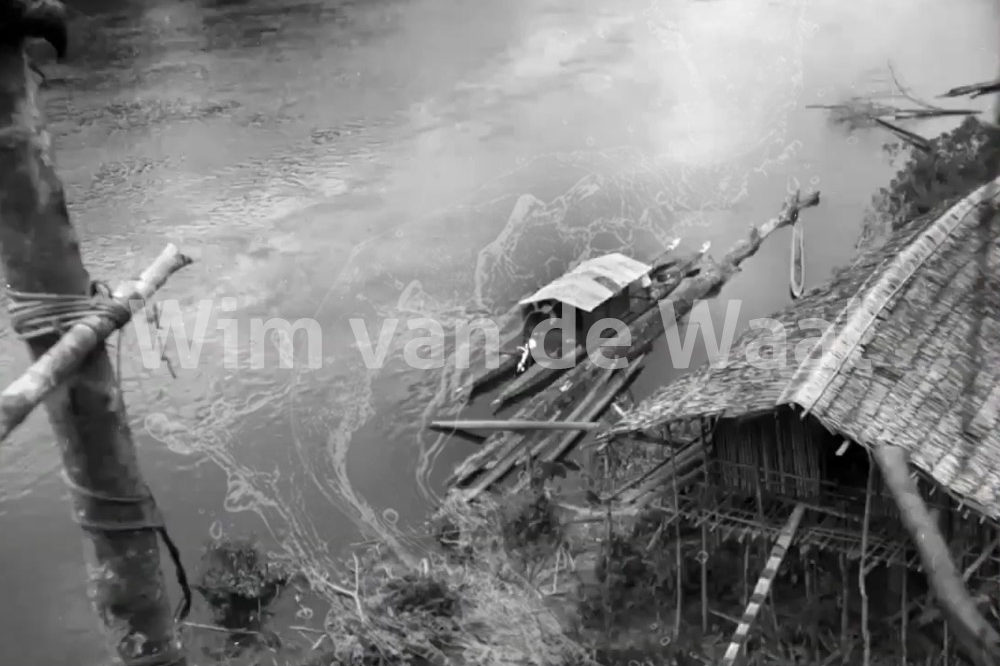Very seldom Wim recieved visitors from the outside world. There was John Scofield, an associate editor of the National Geographic Magazine, and also Heinrich Harrer, a climber and mountaineer who was the author of the biographical book „Seven years in Tibet“ that was later adapted into a movie. Somewhat later Wim received the visit of Michael Rockefeller, the son of Nelson Rockefeller, the politician who became the 41st vice-president of the United States of America in the 70´s.
Michael was in his early twenties when he visited the area for the first time. After returning home with the Peabody expedition, he returned to New Guinea to study the Asmat and collect etnographic pieces. The artifacts would be then exhibited in the Museum of Primitive Art, a privately supported institution that was founded in New York by his father, in 1954.
Michael wanted to explore all rivers and waterways of the Asmat region as he intended to visit as many villages as possible. This endeavor was without a doubt a difficult task, especially since he did not have an adequate vessel to set it all forth. Eventually, Wim was confronted with the idea of selling his own catamaran to Michael as he insisted with growing interest. Although being hesitant about closing the deal, Wim finally accepted the offer.
